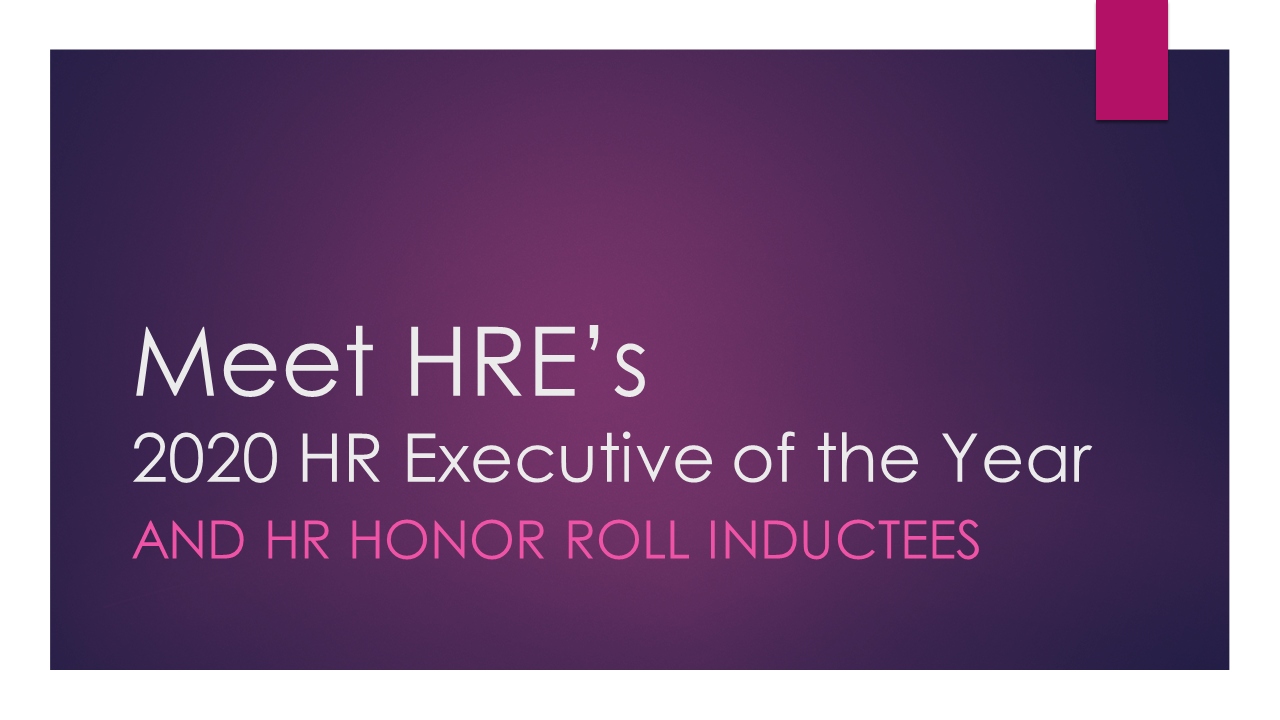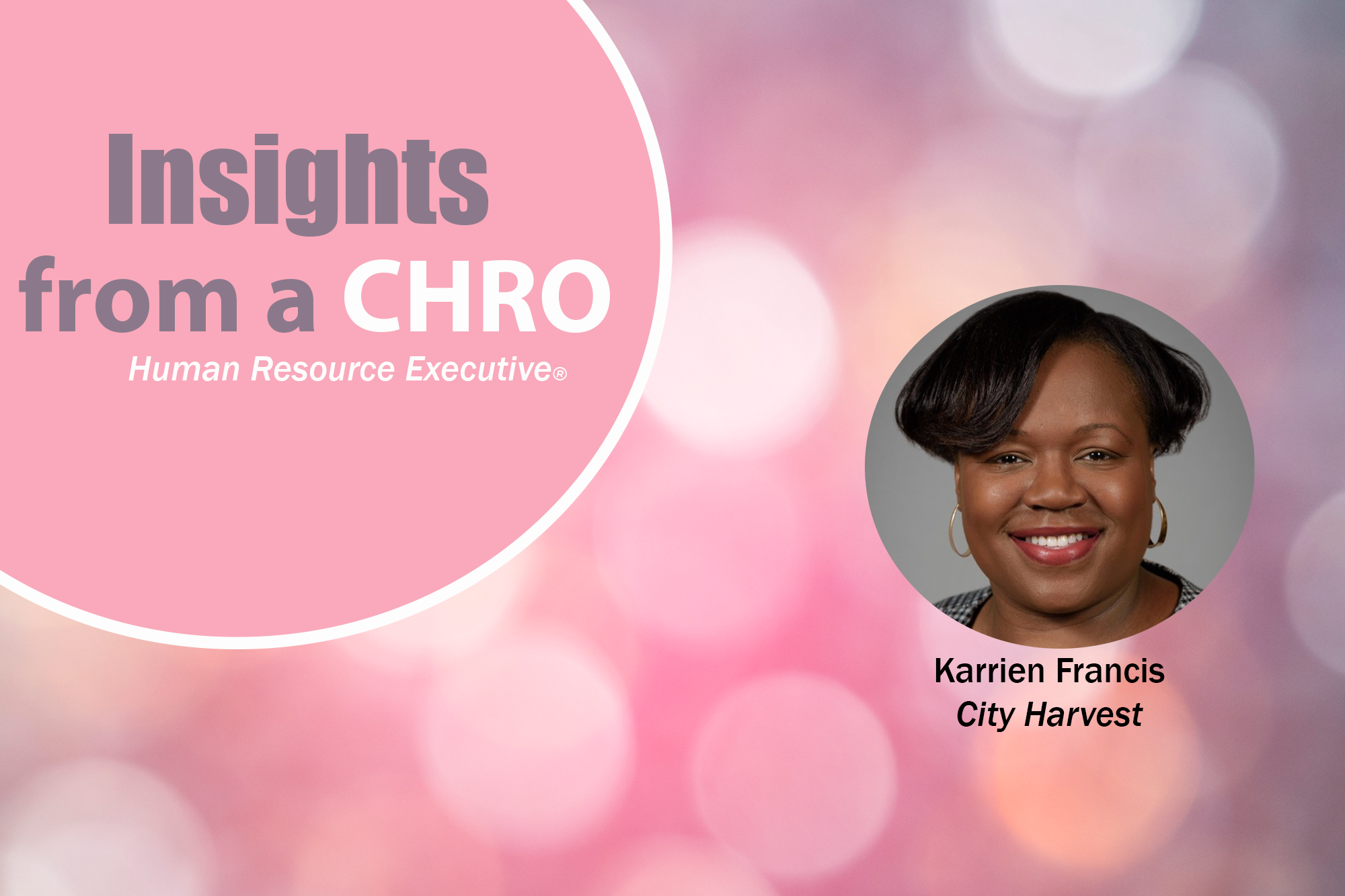With more than 95,000 team members around the world, professional services firm Genpact had its work cut out for it when the pandemic hit. CHRO Piyush Mehta says the company immediately zeroed in on two priorities: the safety, health and wellbeing of employees, and the continuance of client services.
It quickly shifted to an entirely remote model, with a focus on helping employees weather that transition: 24/7 helplines staffed by mental health professionals, global webinars featuring content on health and wellbeing, and an AI-driven employee sentiment chatbot to capture the workforce’s daily mood.

Mehta says Genpact leaned heavily on its record as a “nimble and agile company” to transform its traditional location-based functions to virtual ventures. “Nowhere is this innovation model more evident than in the work we have done recently in helping more than 100 clients around the world complete their first-ever fully virtual financial close,” he says. “While it was not without its challenges, we provided shorter close times to many of our clients in this unprecedented, fully remote environment.”
See more Insights from a CHRO here.
Mehta–who has nearly 30 years in the HR industry, including as an HR leader at AT&T and PepsiCo before joining Genpact in 2001–recently spoke with HRE about how the pandemic and other challenges are reshaping his work at Genpact, as well as the wider HR industry.
HRE: How has the pandemic changed your priorities as CHRO?
Mehta: More than anything, the pandemic has reminded me of the critical importance of culture. Peter Drucker said it best: “Culture eats strategy for breakfast.” The last few months have been more than telling that culture eats strategy for breakfast, lunch and dinner!
Working from home comes with its own set of challenges for employees to feel engaged. This is where the criticality of culture comes in. We believe it’s at this juncture that supporting our remote teams and promoting a cohesive culture among globally dispersed teams is vital.
It’s essential to drive shared values through a strong culture. We call our culture framework (CI)2, which stands for curious, courageous, incisive and integrity. The new world of work will emphasize two significant developments: the co-relation between the employee experience and business results and establishing a mutual relationship of trust between employees and their company. Behaviors that emerge in this scenario will include humility and inclusiveness, speed to an outcome and the ability to deal with ambiguity.
See also: HR doesn’t have all the answers–and that’s OK
We strive to drive meaningful connections, empower teams and celebrate our culture. We also have real-time pulse checks on employees to ensure their wellbeing in a remote-working environment. Capturing employee sentiment has never been more crucial, so we’re using real-time feedback and employee sentiment to shape our engagement strategies. We use an AI chatbot called Amber to reach out to employees to capture their immediate concerns and needs.
We also realized that, to drive a feeling of belonging and pride, we needed to create a virtual community. Employees use Genpact’s intranet to share stories of hope, resilience and pride. This effort highlights positive sentiment, generates a sense of pride and community for the work we do at Genpact and celebrates our culture. Our intranet also provides links to material that helps employees work from home and provides fun ways to keep up with remote teams. We also offer access to resources that assist with parenting tips and mental wellbeing.
HRE: How has the role of the HR leader, in general, evolved since you entered the HR industry?
Mehta: In general, people need to learn continuously. The ability to understand business is critical. If you don’t understand the business, you cannot be successful in your role. People have to know how a company makes money. What is the service that the business is providing to its clients, and how is that changing?
Also, an HR leader should be able to step seamlessly into a business leadership role and the other way around. For example, Genpact’s transformation leader, Riju Vashisht, leads growth for us globally. She worked with me in HR for 15 years before moving into this role. Riju has just been rated as one of the most powerful women in IT globally.
Curiosity, learning and humility go hand in hand. If we’re not humble, it impacts our intent to learn, and learning is essential because the world changes very dramatically every two to three years. Additionally, in today’s environment, what is enhanced is empathy. People are going through a dramatic change in the way they work because of COVID. Therefore, the ability to engage with people with compassion becomes a lot more important than ever before. So, an HR leader’s best test is whether they can be an effective business leader.
HRE: How has Genpact’s approach to talent development evolved in the nearly 20 years you’ve been with the company?
Mehta: The HR function’s fundamental purpose is to ensure a company’s talent requirements are met in every possible way. This has not changed in 20 years and will likely continue to be true many years from now. However, we see an evolution in the way companies are implementing their strategies, more often than not, with an accelerated use of technology.
For example, businesses need to create employee experiences rather than just using technology. The best and most updated technology does not necessarily equate to providing the best experience to a workforce. A deliberate and strategic vision aligned with user needs should be the defining factor when harnessing technology.
Businesses must treat employees as customers. They need to devote similar effort, investment and focus on their internal initiatives as they do to the external, to improve the overall employee experience. Doing so raises retention, enhances efficiency and strengthens the bottom line.
Integrating several technologies, yet ensuring inter-dependability of systems, is vital. It’s important for these platforms to seamlessly talk to each other–from performance management to learning development–to create a seamless employee experience.
Another key area of change is the accelerated use of talent analytics. Continuous talent analytics is becoming essential for organizational growth. Leveraging data can help businesses see attrition risks ahead of time and help them hold timely retention and succession planning discussions.
Messaging metadata–data about the messages, not the messages themselves–can help analyze communication patterns to predict emerging super-performers, and flag attrition risks well in time. The observed communication patterns among employees will help organizations make quick and informed strategic decisions and predict talent performance. Through organizational network analysis, we can identify experts in specific areas. This data-backed analysis allows for better decision-making.
Capturing employee sentiment is another area that has evolved in recent years. The rapid acceleration of technology has enabled organizations to “go digital,” whether by digitizing their processes, implementing HR information systems or having most of the communications with the teams supported by apps. It changes how we administer more traditional engagement surveys by providing unbiased and judgment-free conversations with employees while leveraging other conventional forms of communication like email.
Today, employees can tell you exactly how they are feeling at any given point of time. And that might be different from how they were feeling one week back. Organizations can then identify employees who feel engaged and unengaged, understand the difference in their performance and create action plans based on all the data.
Lastly, businesses are putting a greater emphasis on reskilling, upskilling and virtual training. However, mandated, one-size-fits-all reskilling and training programs don’t enable employees to discover their skills, identify their gaps and hone their potential through customized knowledge paths and plans.
By enabling employees to prepare for future career aspirations by upskilling and reskilling through Genome, we are incorporating our talent transformation initiative to match existing and future opportunities with an individual employee’s skills and aspirations. We believe staffing the right people at the right time is at the core of creating winning outcomes for our clients.




